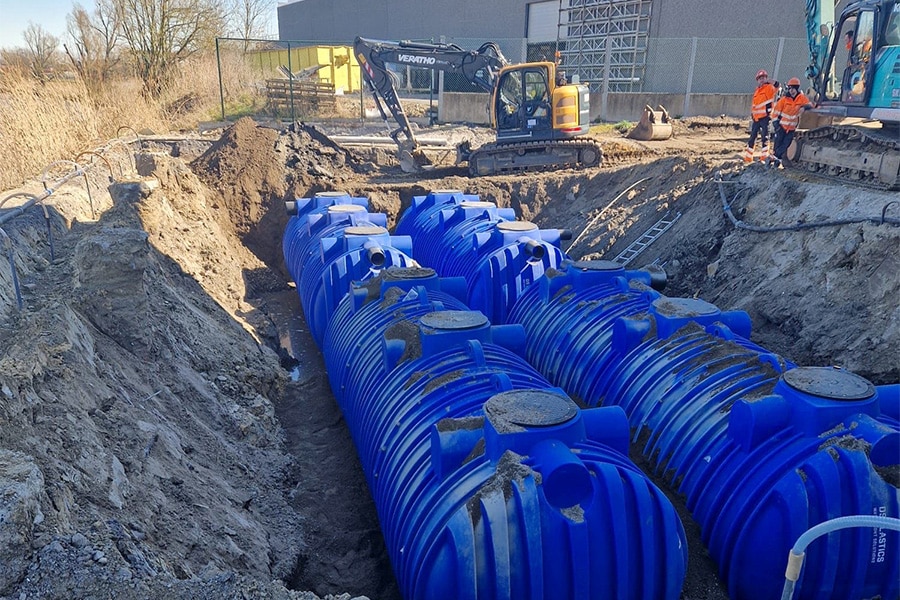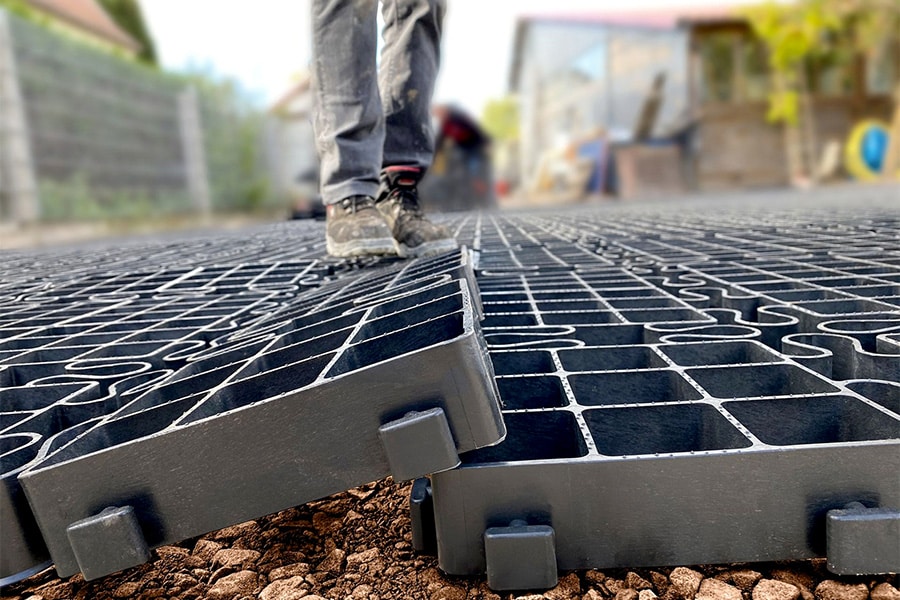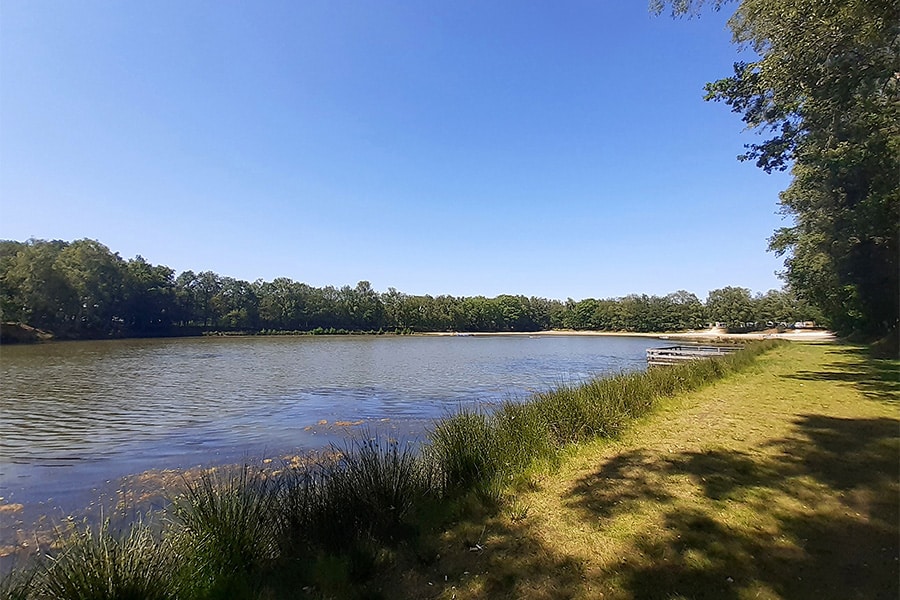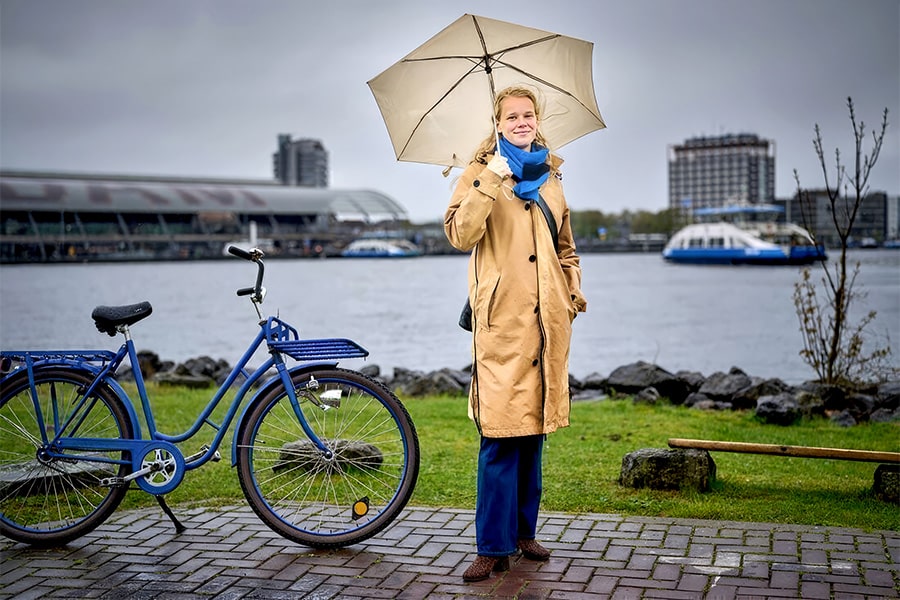
Pioneering with water bath for crushers and screens
Quality always comes before capacity. That has always been the philosophy of GM Recycling from Lembeke, which sells, rents and repairs crushers, screening machines, shredders, picking stations and windsifters of the brands Gipo, Powerscreen, Terex Ecotec, M&K, Screenpod, Trommall, Komplet and MDS. Because of this drive for a quality end product, manager Freddy Gillis devised an innovative system in which debris is washed in a water bath. The result? A spic and span granulate.
Crushers and screening machines that work with air displacement to purify the granules are a familiar phenomenon in the industry. But a water bath that washes the granules, separating sludge and waste particles? That's new, according to Freddy Gillis of GM Recycling. "In the past, the focus was first on maximum efficiency and capacity, only then on quality. The last two years we have noticed a turnaround where quality comes first. From that perspective, we came up with the system with water bath, together with our Irish manufacturer," Gillis says. The water bath system was named Hydra FS 1400 and is available static, on skid-container system and on tracks. Two models are currently available, depending on the desired capacity and size.
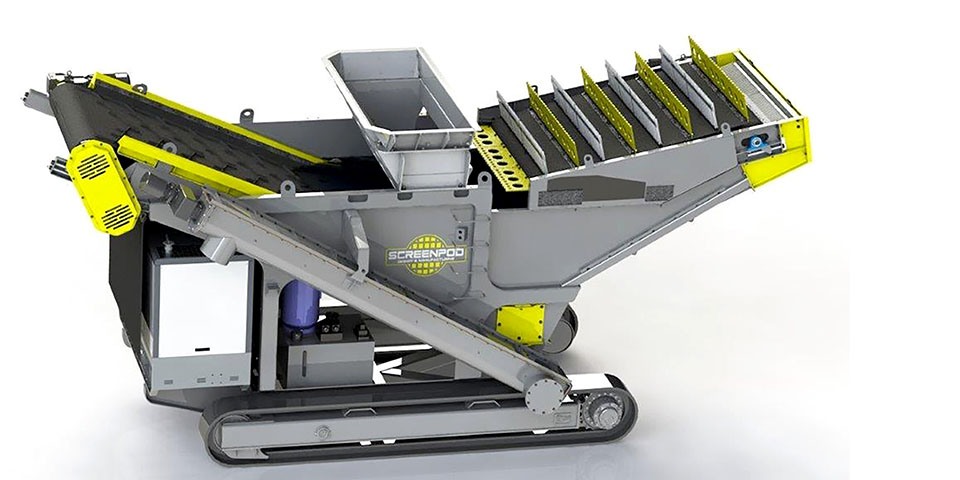
The water bath equipped with tracks.
Efficient system
You can combine the water bath with both a crusher and a sieve and it results in a high-quality granules. But how exactly does it work? Gillis explains: "The water bath is fed by, for example, the midsize of a crusher with material fraction 20/40. The bath is equipped with a float system that causes the water level to rise or fall as needed. Brushes rotating gently over the water level remove the waste particles. The waste removed, such as wood or plastic particles, goes on a belt and ends up in a separate container. Stones go on another belt and are washed, allowing us to turn sludge out separately into another container. A magnet removes small iron and metal particles. Finally, the debris falls through the belt into a pile. A compact and technically simple but very efficient system," Gilis says. "Per day, we use 2 to 3 cubic meters of water."
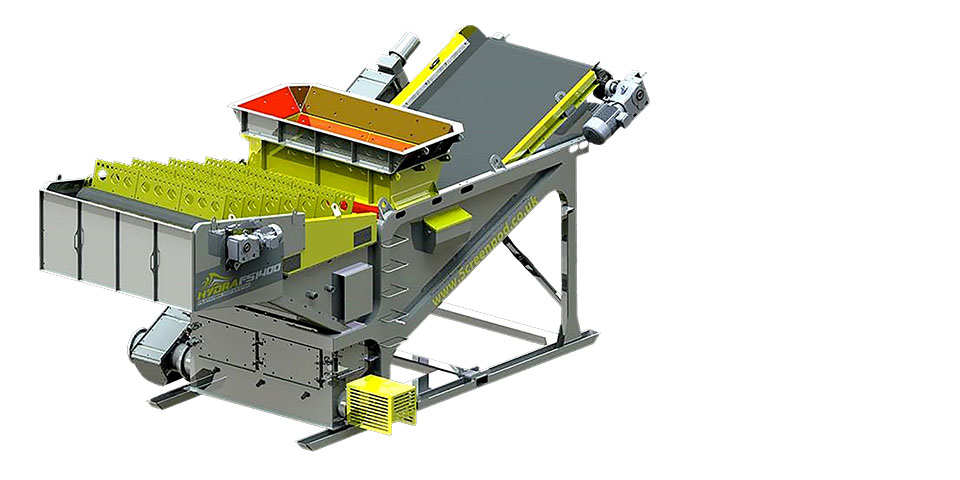
The development of the water bath system took about a year before it was operational.
Visual inspection
On the latest generation of Gipo and Powerscreen crushers, GM Recycling can supply mounted windsifters that clean the second deck. On older machines with second deck after screens where there is no blower mounted on the second deck - the 20/40 deck - GM Recycling's water bath is a solution. "In the past, we often worked with a water screw, also called a raccoon. The disadvantage of that system is the processing volume is too small, so it quickly blocks when overfed. The screw is inside a tube so unblocking it often turns into a hellish and time-consuming job. Our water bath, however, is an open system so you have visual control at all times. When overfeeding, there is a little more material on the belt and the oversize can never block," Gillis explains.
80 tons per hour
"The development of the water bath system took about a year before it was operational," Gillis said. "It required some thinking and experimentation to determine the right flow. The conveyors must run slow enough to clean the debris, but at the same time they must run fast enough to keep up with the crusher or screen so that it remains affordable from an economic standpoint. Currently, we can wash and clean 70 to 80 tons of debris caliber 20/40 per hour."
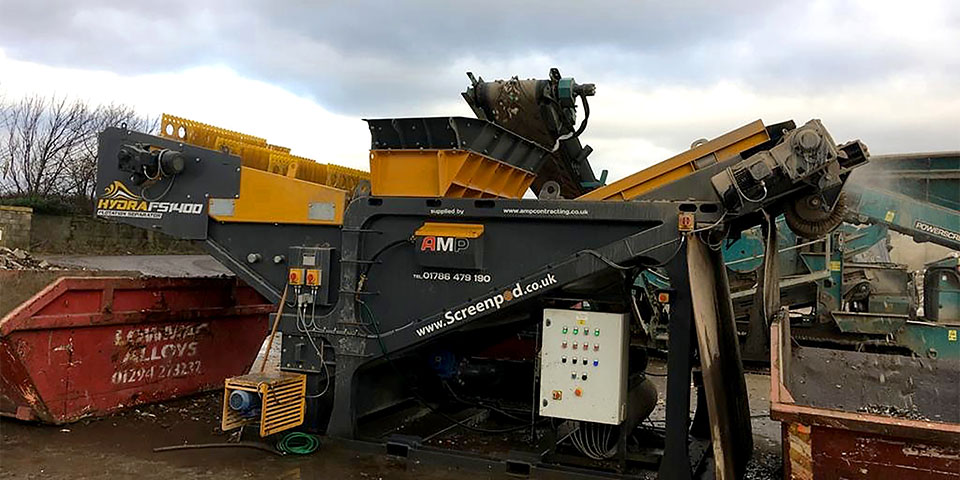
The water bath can be combined with both a crusher and a sieve and results in a high-quality granulate.
Not just debris
The system has since proved its worth at several construction sites where it cleaned concrete and debris. But that is not its only application. Gillis: "Currently the installation is at a customer in Rochefort who uses it to clean compost. The hammers of his shredder broke due to stones and metal that were in the compost. Our water bath was able to provide relief, extending the life of the shredder hammers with 30%." Other test cases involved the removal of stones from crushed tree roots and the separation of plain rubble and Ytong porous stone. "In the latter case, we noticed the importance of an open system and the infinitely variable control of the discharge belts. Both discharge belts have the same width making the input of contaminated product unimportant. Very important because the feeding crusher or screen gives a constant flow," Gillis knows. The water bath can even serve industrial applications. "For example, we have already cleaned shredded aluminum from insulation," Gillis concludes.
